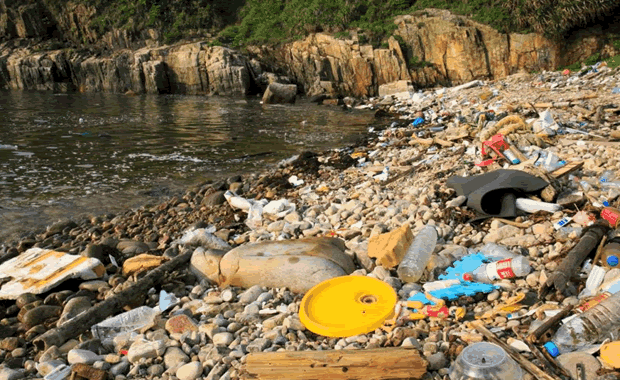Chalepoxenus spp.
Creature Facts
Group:
Insects
Area(s) Where Listed As Endangered:
Algeria, France, Italy, Kazakhstan, Kyrgyzstan, Morocco, Turkmenistan, Ukraine
Status/Date(s) Listed as Endangered:
| Scientific Name | Status | Listing Date | Range | |
| 1. | Chalepoxenus brunneus | VU-IUCN | 1996 | Algeria, Morocco |
| 2. | Chalepoxenus kutteri | VU-IUCN | 1996 | France |
| 3. | Chalepoxenus muellerianus | VU-IUCN | 1996 | Italy |
| 4. | Chalepoxenus spinosus | VU-IUCN | 1996 | Kazakhstan |
| 5. | Chalepoxenus tarbinskii | VU-IUCN | 1996 | Kyrgyzstan |
| 6. | Chalepoxenus tauricus | VU-IUCN | 1996 | Ukraine |
| 7. | Chalepoxenus tramieri | VU-IUCN | 1996 | Morocco |
| 8. | Chalepoxenus zabelini | VU-IUCN | 1996 | Turkmenistan |
Species/Common Names:
| Chalepoxenus brunneus |
| Chalepoxenus kutteri |
| Chalepoxenus muellerianus |
| Chalepoxenus spinosus |
| Chalepoxenus tarbinskii |
| Chalepoxenus tauricus |
| Chalepoxenus tramieri |
| Chalepoxenus zabelini |
Facts Summary:
Chalepoxenus is a genus of insects of concern and found in the following area(s): Algeria, France, Italy, Kazakhstan, Kyrgyzstan, Morocco, Turkmenistan, Ukraine.
Chalepoxenus spp. Facts Last Updated:
January 1, 2016
January 1, 2016
To Cite This Page:
Glenn, C. R. 2006. "Earth's Endangered Creatures - Chalepoxenus spp. Facts" (Online). Accessed 5/16/2024 at http://earthsendangered.com/profile.asp?sp=10087&ID=6.
Glenn, C. R. 2006. "Earth's Endangered Creatures - Chalepoxenus spp. Facts" (Online). Accessed 5/16/2024 at http://earthsendangered.com/profile.asp?sp=10087&ID=6.
Need more Chalepoxenus spp. facts?

Custom Search



